JEIC partners Rabbi Mitch Malkus (head of school at Charles E. Smith Jewish Day School) and Lianne Heller (executive director of Sulam) were recently published in eJewish Philanthropy.
Their co-authored article, “Designing exceptional learning for all students: A collaborative approach,” maintains, “Research has shown that when students have agency in their own learning they become independent, resourceful, and motivated lifelong learners and critical thinkers who ultimately become expert citizens.”
Typically, educators frame the purpose of assessment as a way to gather relevant information about students' performance or their learning process.
In this article by JEIC Founding Director Rabbi Shmuel Feld, he suggests that “Jewish studies teachers could use assessment for a different purpose. Imagine if assessment could also be a way to develop students’ intrinsic motivation by making assessments more learner-centered.”
“We could redefine assessment as a tool for students to harness instead of a way to evaluate what they demonstrate,” he maintains.
In Rabbi Andrew Ergas’ recent piece about “Teaching Hebrews Rather than Hebrew,” he relates that in day schools throughout North America, we encounter different varieties of Hebrew, each stemming from a different historical period of Hebrew’s evolution. Rabbi Ergas suggests that each requires distinct educational goals. “Our task as a community of educators is to appreciate both the connections between the different aspects of Hebrew language learning and their distinctions,” he says. “Unleashing the ways this dynamic language can serve as a key to unlock a multiplicity of pathways toward an enriched Jewish life and community.”
One of my fond grade school memories is of receiving fresh mimeographs right off the machine. We would hold them up to our faces and deeply breathe in the pungent, sweet smell. The purple writing never failed to intrigue us. One more 20th Century function has gone the way of the horse and buggy.
The month of Tishrei is filled with Jewish holiday commemorations and celebrations, with all that goes with them. We begin with preparations for Rosh Hashana; hearing the shofar blasts before and during the holidays, making sure our holiday finery--whether white or colorful--is ready, and assuring that our meals with family and friends are fully planned and outstanding with all the attendant necessities: the round challot with honey, the apple, the new fruit. We continue with Yom Kippur, beating our chests, crying [if you are like me] over our distanced relationship from God and from others, and vowing to ourselves to do better in the coming year. Then we embrace Sukkot with all of its pageantry: the Sukkah, the lulav and etrog, and the dancing to celebrate completing another cycle of Torah reading on Simchat Torah.
Most of our schools provide both intellectual and experiential lessons for the students; as much as can be done with the Tishrei holidays so early in the school year. The children complete all sorts of projects on holiday paraphernalia. They learn about the reasons for and the rituals connected with each holiday, and they practice those rituals in a hopefully spiritual environment in school.
Are these school activities sufficient for inspiring our children to develop an enduring connection to their Judaism? They are single activities, each limited to a specific episode. How can something enduring emanate from a one-hour experience? Obviously, the atmosphere at Jewish schools should be saturated with Jewish values, practices, and life experiences, but is that enough?





